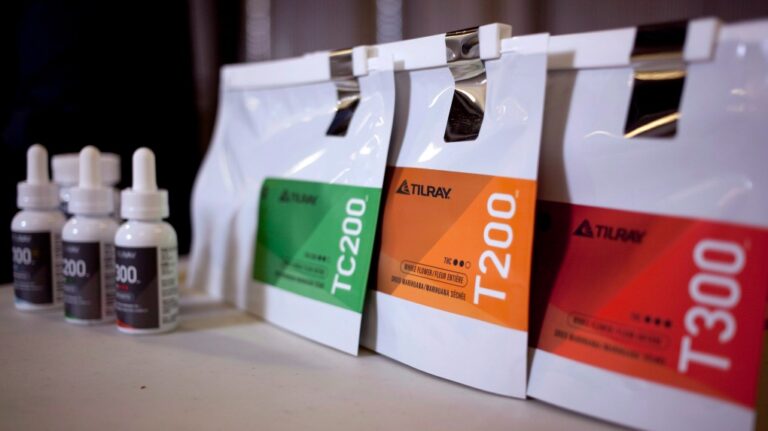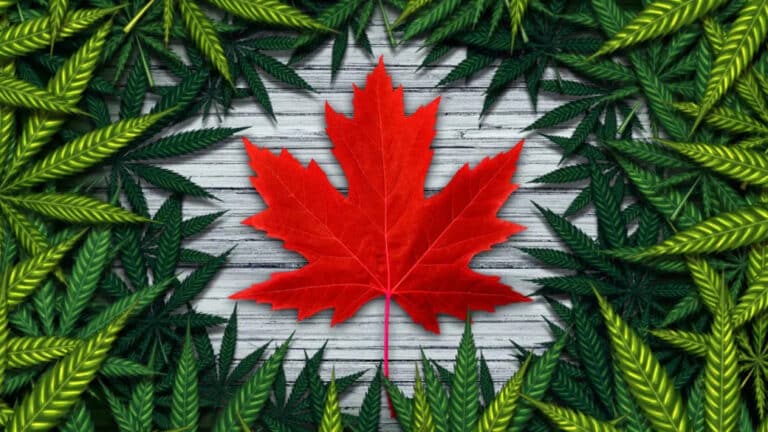Data from the international journal of drug policy show that cannabis users in canada and the united states prefer cannabis flower to alternative product formulations.
New research confirms that flowers are still king. The study, which examines trends in cannabis consumption patterns in canada and the united states between 2018 and 2020, is hailed by researchers as “one of the most comprehensive assessments of cannabis consumption at the population level in canada and the u. S. To date. ” authors note the “rapidly diversified” market in both nations since the legalization of medical and recreational cannabis.
However, as the authors observe in the abstract, “… Route of administration has substantial consequences for cannabis potency, pharmacokinetic effects, and consumer patterns of use. ” consumption methods may, of course, only come down to personal preference.
This study examined changes over time in the prevalence of use of various cannabis products, along with frequency of use and consumption among each product type, in population-based surveys conducted in canada and the united states.
From commercial panels in canada and the united states in states with and without a legal, adult-use cannabis market, respondents between the ages of 16 and 65 were gathered. Researchers gathered information on how frequently and how much nine different cannabis productsincluding dried flower, oils, concentrates, and edibleswere consumed.
Customers’ cigarette and cannabis use habits were also questioned, and researchers gathered sociodemographic data to look for any correlations between usage and these factors.
The results were in line with earlier studies, concluding that flower continues to be the most popular form of cannabis among consumers, whether of not those consumers engaged in the legal or illicit cannabis markets. Researchers did note the popularity of other cannabis strains, particularly in areas where it was legal to buy cannabis from stores with a license.
While dried flowers were the most frequently used product, research into consumer usage over the previous 12 months between 2018 and 2020 revealed a reduction in canada (81% to 73%), the united states’ legal (78% to 72%) and illegal (81% to 73%) states.
Virtually all other product forms showed an increase in prevalence of recent 12-month use, although daily use remained consistent over the course of the study’s observational years.
In 2020, edibles and vape oils surpassed flower as the most popular cannabis products. The usage of non-flower items was also most prevalent in u. S. Legal states, although comparable patterns were seen throughout all study-affected jurisdictions.
Men were more likely than women to report using processed foods. In line with other recent study showing that cannabis vaping is the most popular way of cannabis intake among u. S. Teens, vape oils were the most frequently processed product among the 16 to 20-year-olds polled.
The average joint size has also increased over time in all jurisdictions, regardless of whether adult-use cannabis is illegal or not, according to researchers, who also found an increase in the daily consumption of cannabis flower.
Although the fact that flower triumphs once more may not appear surprising, these data provide some context for the future. That is, the bloom might not always reign supreme.
The findings “highlight the fast developing nature of the cannabis product industry, including substantial variations in the types of cannabis products consumed by consumers, ” the authors write in the report’s conclusion. Although dried flower remains the market’s dominant commodity, it has started to fall behind the growing popularity of processed cannabis products.
According to a mjbizdaily study, recent statistics from headset that examined the cannabis markets in california, colorado, michigan, nevada, oregon, and washington state seem to confirm the same tendencies. Cannabis sales increased from $4.92 billion in 2020 to $5.49 billion in 2021, according to retail sales data from the six states, while the market share of the flower decreased overall.
Cooper ashley, a senior data analyst at headset, reports that the increase in flower sales last year was less than the 18% growth in overall cannabis sales. Comparatively, sales of edibles rose 20.4%, from $1.14 billion to $1.37 billion, during the same time period. Prior to topicals and tinctures/sublinguals, flower was the third-slowest-growing product category.
It’s unlikely that flower will abdicate from its kingdom anytime soon, despite the fact that there are several other rivals to consider in the present day. Who are we to anticipate future trends, though, when the sector continues to swiftly expand and change?



